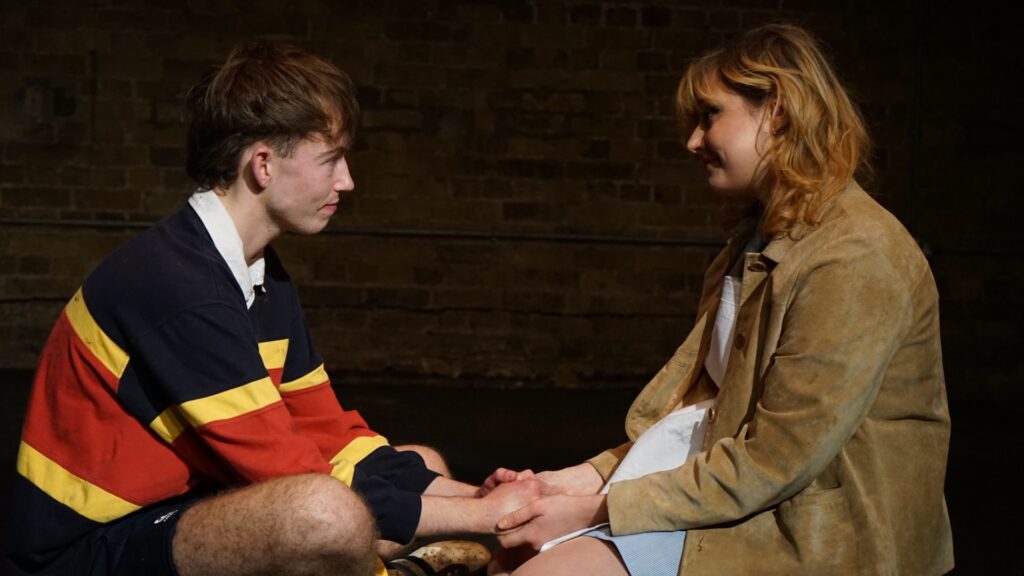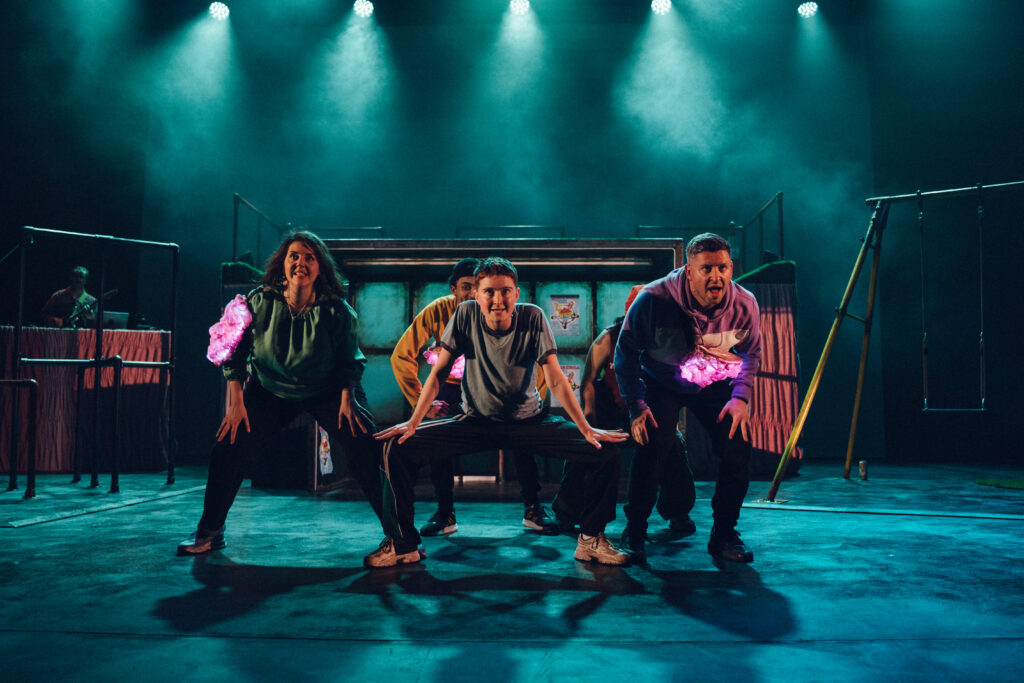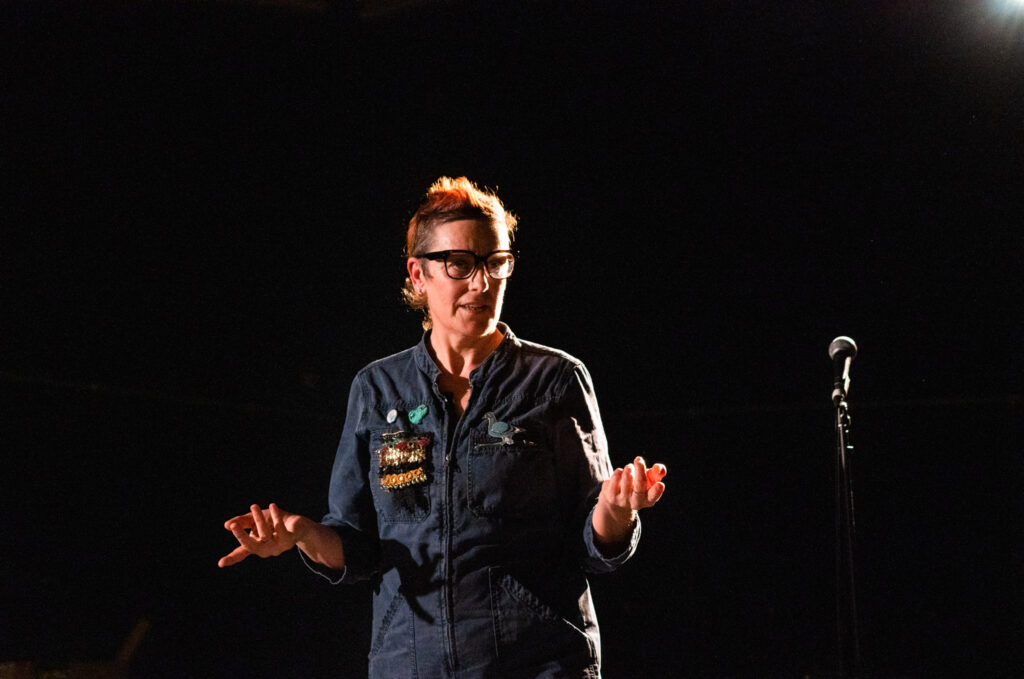Rick Walton on the art of a photographer who works at the extremes in rural west Wales
 Pembrokeshire landscape photographer Chris Tancock has an original approach to his craft. He believes in capturing the spontaneity of a moment by following the same routine religiously every day. His interest lies in the events that happen in the landscape rather than in the landscape itself. In order to create a visual story of some particular aspect of the countryside, he covers long distances, retracing his steps over a described area or returning to the same spot over many winters in direct contact with nature and at the mercy of its immutable forces.
Pembrokeshire landscape photographer Chris Tancock has an original approach to his craft. He believes in capturing the spontaneity of a moment by following the same routine religiously every day. His interest lies in the events that happen in the landscape rather than in the landscape itself. In order to create a visual story of some particular aspect of the countryside, he covers long distances, retracing his steps over a described area or returning to the same spot over many winters in direct contact with nature and at the mercy of its immutable forces.
 With his latest project Five Fields, Five Years, illustrated alongside and below, he walked around the edge of the same five fields over five years in order to experience the unusual while undertaking a regular activity. As he says:
With his latest project Five Fields, Five Years, illustrated alongside and below, he walked around the edge of the same five fields over five years in order to experience the unusual while undertaking a regular activity. As he says:
“The idea of walking these boundaries every day, twice a day, for five years opens up a completely new way of working for me. Often, not taking photographs has become the order of the day; or only photographing when there was a discernible change in the subject – which could be seasonal or annual or momentary. I only recorded events from the point on the walk where it occurred – that is to say, I avoided trying to get into a better position. I only took photographs for the project whilst performing my daily ritual of beating the bounds. I didn’t pop up when the lighting was right or a farmer was doing something. So the project came to represent the world seen from a particular place at set times over a long period. I spent the first year walking the boundaries of these five fields, exploring them and my ideas as they developed. None of the images I took in that first year made it into the ongoing project – although without them I would not have created what I have.”
 Tancock’s recent work has sprung from his knowledge of and closeness to the events of rural life in west Wales. However, he rejects pre-conceived ideas of ‘cycles’ or ‘rhythms’ within some idealised landscape. Instead there is only a witnessing, an awareness, a steady judgement. He is neither seeking to capture some aesthetic triumph nor even record the landscape itself. The work is about events over time.
Tancock’s recent work has sprung from his knowledge of and closeness to the events of rural life in west Wales. However, he rejects pre-conceived ideas of ‘cycles’ or ‘rhythms’ within some idealised landscape. Instead there is only a witnessing, an awareness, a steady judgement. He is neither seeking to capture some aesthetic triumph nor even record the landscape itself. The work is about events over time.
“When I start photographing a project, I try to begin with an open mind. Anything else might limit or even crush spontaneity or understanding… But occasionally, after a long time photographing a potential project, I drop it for a lack of empathy for the subject.”
Chris now works almost entirely on longer term projects where large bodies of images are gathered. He is clear that his work is not ‘about’ a series of individual photographs. Rather it is a continuity, a time-bound record which seeks to capture and express a value beyond the single click of a single shutter. He is mindful of the ancient practice of traversing local land to mark it, remember it and respect or bless it. But Tancock’s project is his own artistic response to an interest in beating the bounds – and in his parish. In committing to the project Five Fields, Five Years he set out to:
- Repeatedly cover the same ground over a long period at set times,therebyleaving my own mark on the land
- Build a visual memory of particular points, believing that these markers, in time, will take the viewer into the time scale of the field
- Pass on a story of a ritual, by documenting events acted out from within the ritual of this project.”
Although clearly a single photograph may add something to something already ‘said’ by a previous image, Tancock does not believe that photography speaks most vividly in a linear way, in the way, for example, a cartoonist sets out a group of boxed images. In any body of work there is an inevitable ‘whole’ but things are abstracted or focused or contradicted over time. As he puts it, “The photographs may represent memories scattered through time, feeding off each other”.
 Chris Tancock’s commitment to, indeed his faith in this process of his story-telling comes literally at some cost. Twice a day, every day, he walks through the same fields, forcing himself to avoid that which is instantly photogenic. He actively avoids making ‘Landscape Photographs’. Instead he seeks to gather memories – some of which are, admittedly, beautiful – which he hopes will resonate together and find an audience appreciative of the integrity of the body of work.
Chris Tancock’s commitment to, indeed his faith in this process of his story-telling comes literally at some cost. Twice a day, every day, he walks through the same fields, forcing himself to avoid that which is instantly photogenic. He actively avoids making ‘Landscape Photographs’. Instead he seeks to gather memories – some of which are, admittedly, beautiful – which he hopes will resonate together and find an audience appreciative of the integrity of the body of work.
 Five Fields, Five Years records Tancock’s footsteps along tracks through gates and gaps, past hedges, capturing the ‘between us and them’, the wild and tame, the huntsman and fox. In doing so he also captures the intimacy, diffidence and the quiet power of time passing.
Five Fields, Five Years records Tancock’s footsteps along tracks through gates and gaps, past hedges, capturing the ‘between us and them’, the wild and tame, the huntsman and fox. In doing so he also captures the intimacy, diffidence and the quiet power of time passing.
Chris Tancock was born in Devon, England in 1957. Born on Devon in 1957 Chris has now settled near Nolton Haven on Pembrokeshire’s St Brides Bay. He studied photography at Nottingham Trent University and spent a decade working in documentary photography. He then went on to specialise in photographing interiors for magazines and companies, which he did for many years. However, he now works solely as an art/documentary photographer specialising in large bodies of work rather than a series of individual photographs.
 Chris’s work is that of extremes. This is reflected in his choice of cameras – for one project he may use his Leica and for the next his large format camera – and also in his propensity to only go out in heavy rain and high winds, after dusk or at midday in a thunder storm. He rarely photographs through the summer months unless a project demands it.
Chris’s work is that of extremes. This is reflected in his choice of cameras – for one project he may use his Leica and for the next his large format camera – and also in his propensity to only go out in heavy rain and high winds, after dusk or at midday in a thunder storm. He rarely photographs through the summer months unless a project demands it.
In the darkroom he plays with the extremes of print tonality working to achieve a tonal richness and surface narrative that goes beyond the mere automated photographic record so synonymous with today’s photography.







